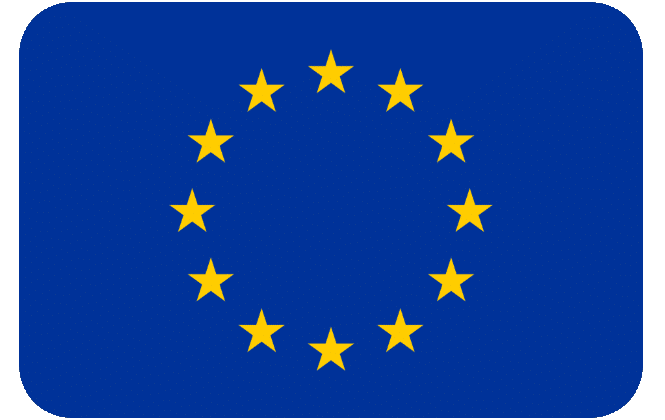Five Reasons for Quality Assurance in Translation
Deliver with discipline and style

Quality assurance in translation is a detailed and meticulous process that spans from the initial draft to the final delivery. Due to QA process, translated content is not only linguistically accurate but also culturally resonant and technically precise. By incorporating a rigorous QA process, translation services deliver content that meets the exacting demands of cross-cultural and cross-lingustic communication. This fosters understanding and engagement across linguistic and cultural divides.
Reason No 1. Accuracy
Quality assurance double-checks that translations accurately convey the intended message without errors or misinterpretations. No omissions, no redundant words or characters. Accuracy is especially relevant in medical translation or legal translation where even minor discrepancies can lead to grave consequences.
Reason No 2. Consistency
It helps to maintain consistent terms and style throughout the text of a series of texts. When texts are consistent, it is easier to read as there is no confusion. When texts are consistent, readers can absorb and memorize the material much better.
Link Suggestion: “The Role of Lithuanian-English Translation Services” can offer insights into the enormous benefits of approaching potential business partners in their native languages.
Reason No 3. Cultural Sensitivity
Quality assurance also includes adaptation of texts to sound fully natural in the language of translation. Quality inspection makes sure culturally sensitive bits like idioms or memes are either replaced with counterparts in the language of translation or otherwise adequately explained. This cultural adaptation is called localization.

Reason No 4. Compliance and Legal Requirements
In many industries, such as pharmaceuticals, legal, and finance, adherence to regulatory standards and legal requirements is crucial. Quality assurance check that translated content complies with industry regulations, local laws, and any specific guidelines or standards governing the target country.
Link Suggestion: Exploring “Elevate Your Written Content with Proofreading Services in Vilnius” would illustrate the critical role of proofreading in enhancing the quality of translated materials, showcasing how meticulous attention to detail can elevate the overall readability and professionalism of the text.
Reason No 5. Customer Satisfaction
Texts that are consistent and accurate, where there is no confusion are much more pleasant to read. Consumers of such texts are much more likely to engage, share the material, give positive word-of-mouth referral. All that makes it more likely that they will become customers or followers and be loyal to the brand.
Implementing Technical Tools and Resources
Advancements in technology have introduced various tools and software that support the QA process in translation. From translation memory tools that help maintain consistency across large projects to terminology management databases that check the technical terms are used accurately, these resources are indispensable. However, it needs to be appreciated that technology complements rather than replaces the human expertise at the core of quality translation.
 Official Translators for EU Institutions
Official Translators for EU Institutions